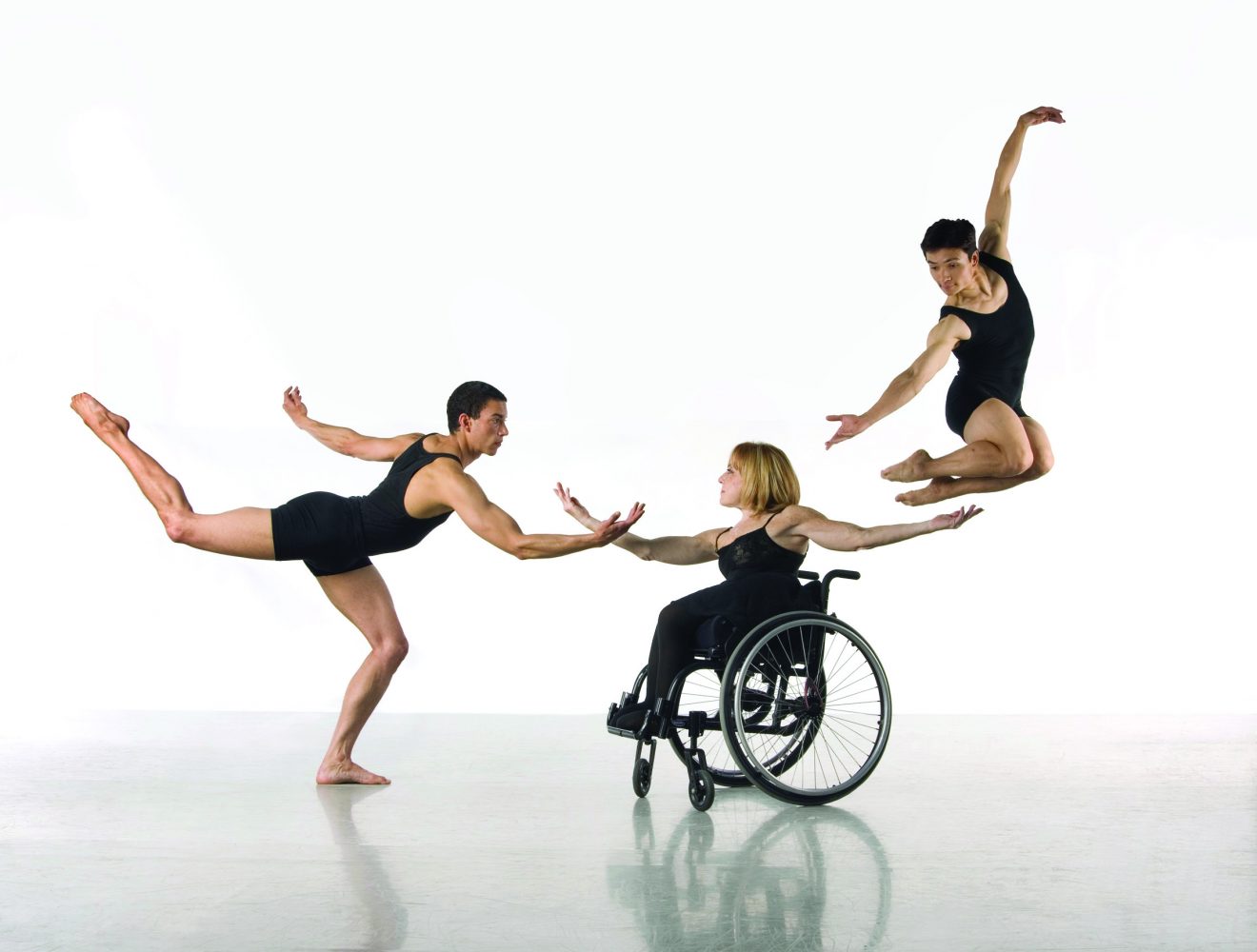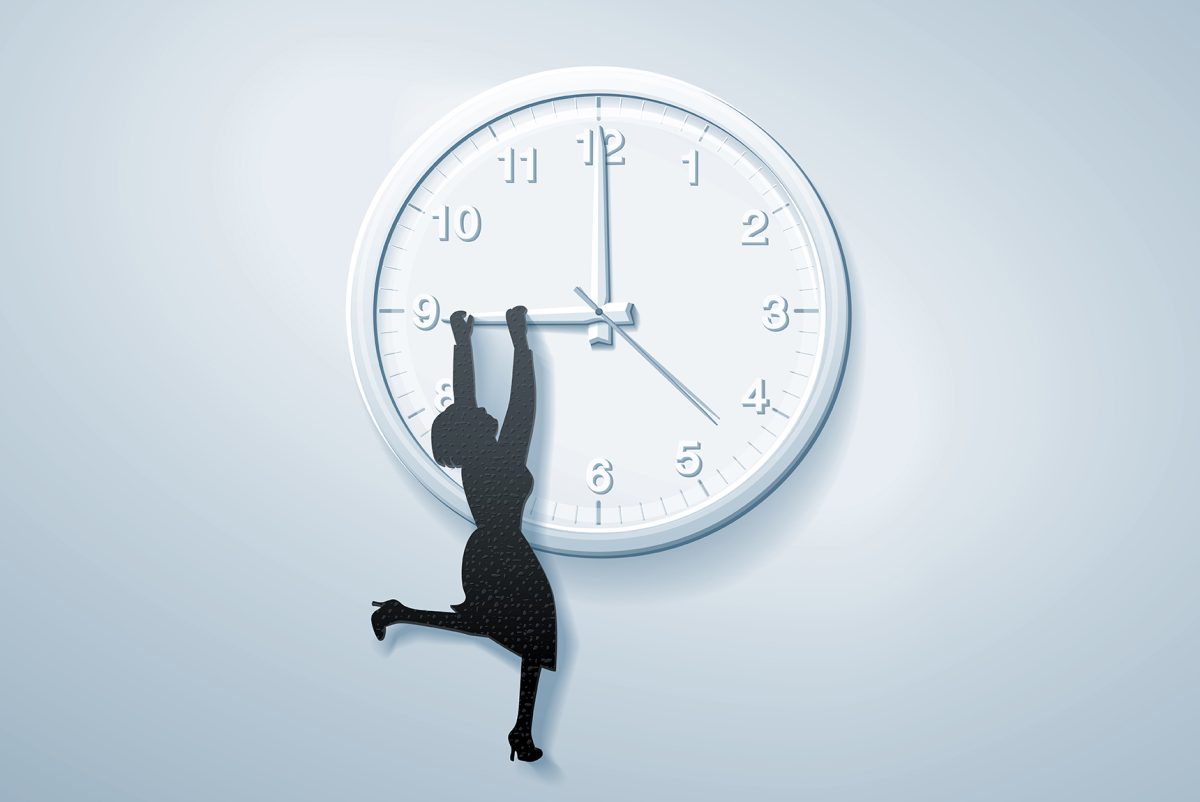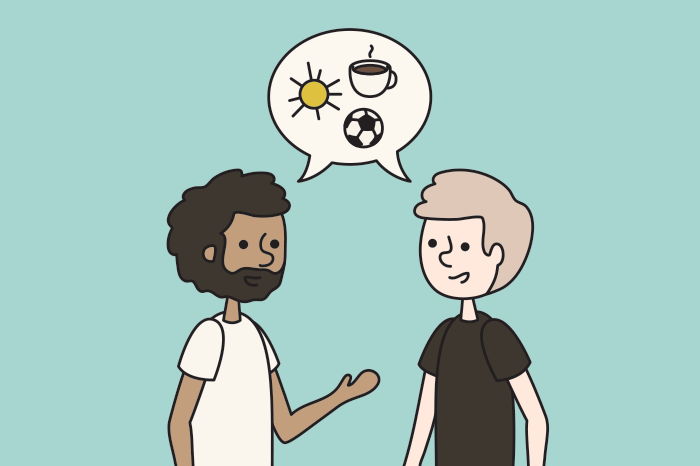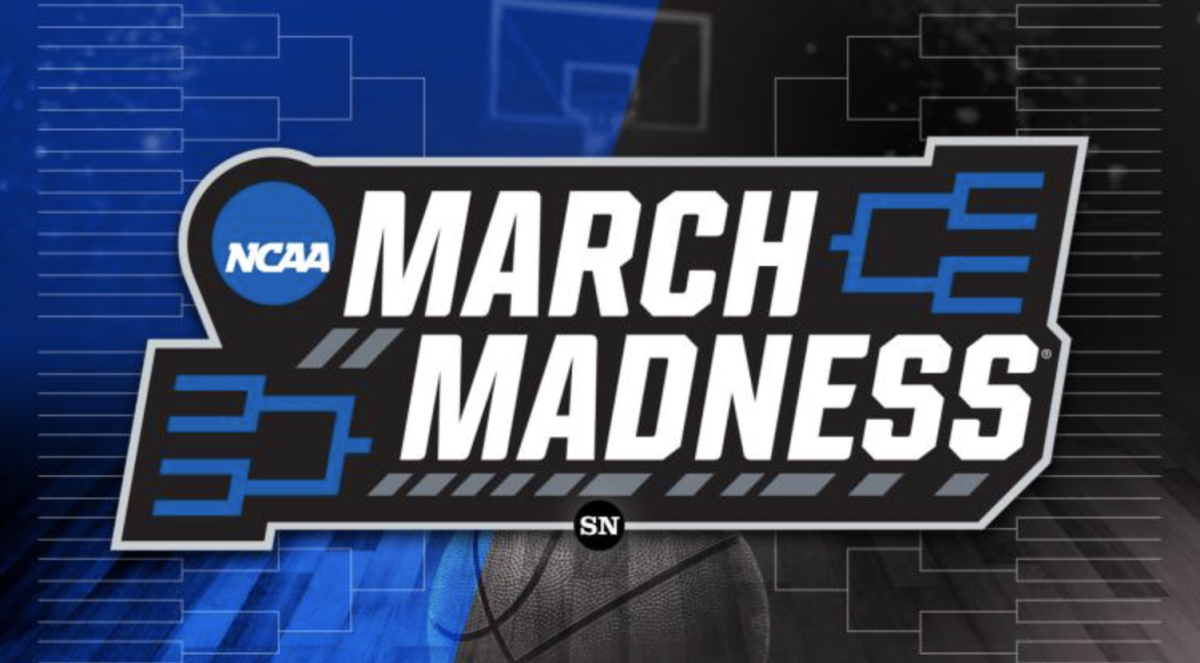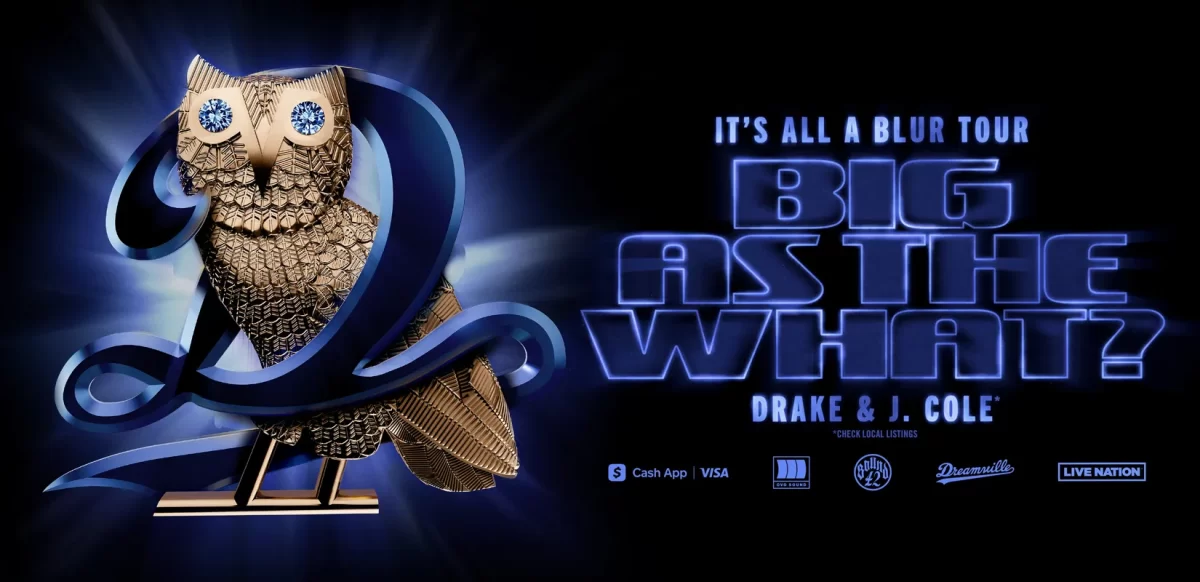By R.J. McIntyre ’18
This past Wednesday, an hour of our day was devoted to a Diversity Day assembly. The mission of Diversity Day assemblies is to foster more tolerance and understanding for people of all backgrounds, abilities and orientations.
The Diversity Day performers attempted to teach students to accept people with open arms through dance and music, despite disabilities or racial differences. The music was repetitive and eccentric. The troop, “Dancing Wheels” sung, “I want you to see me,” and danced to mid-century tunes.
Many of the acts were unconventional and peculiar. At one point, one of the abled woman climbed across the two wheelchairs of the disabled performers. The same woman also climbed on a wheelchair and rode it off stage.
All around me, I could hear students snickering in their seats as the performers danced and sang. Some students were even videotaping the performance. However, for most students, I believe such a reaction does not stem from hatred or prejudice. Many of the students were simply uncomfortable with the performance, as they had never seen a person dance in a wheelchair, or because they thought the music selection was different or outdated.
However, the messages delivered in the performance cannot be discounted because the presentation made students uncomfortable. Perhaps, the performance was meant to make us feel uncomfortable. The way in which the dancers performed clearly conveyed certain human experiences, such as detachment and emotional pain. The performers wanted us to learn about the daily struggles of being disabled, the struggles of the movement to secure equal opportunities for disabled people, and the struggles of fighting for acceptance. Maybe making the audience feel uncomfortable through eccentric dance and song was a way of communicating the pain and discomfort experienced by disabled people everyday.
It is widely believed that the best way to accept someone is to develop an understanding of who he or she is or what he or she has experienced. Maybe the discomfort brought on by the songs and dance actually brought some of us closer to the disabled people.
After the performance, I put my hands on armrest, pushed myself up, and walked out of the auditorium with a better understanding of our differences.

